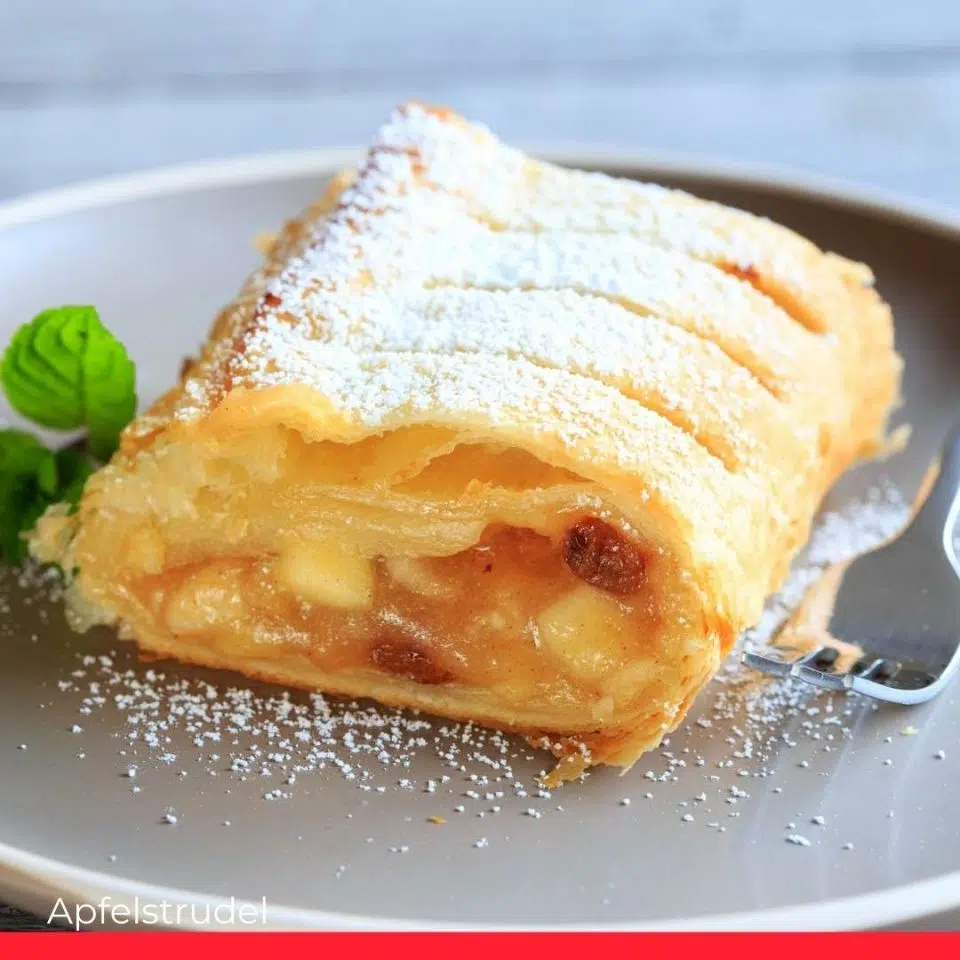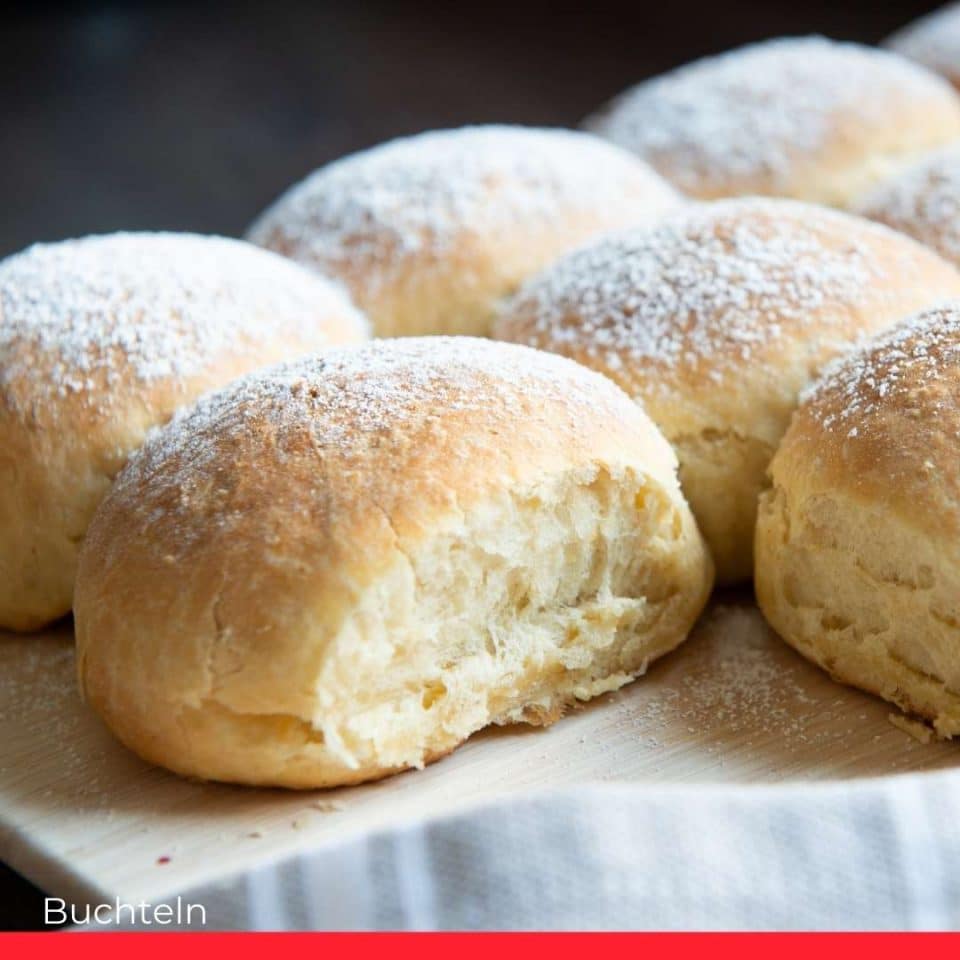Eating is much more than a human necessity. It’s a social ritual and a way of connecting with our environment. When we eat, we are – quite literally – imbibing the natural world. The food we eat does not only feed us; it also becomes a part of us. Throughout my travels to over 40 countries, the enjoyment of local food has helped me connect to the people, customs, and environment.
Austrians love to enjoy good food, and our gastronomy is an important part of our national identity and culture. It is therefore my pleasure, as a native Austrian, to introduce you to the must-eat foods when visiting Vienna, and share a few tips about the best places to enjoy these treats.
Are you ready to taste yourself though the former capital of the Habsburg Empire?
1. What to eat: Kaiserschmarrn (Emperor’s Mess)

If I had to name one dish that is symbolic of Austria’s culture, it is most definitely Kaiserschmarrn. There are several legends surrounding its creation, but one of them proves that necessity truly is the mother of invention: Upon failing to make a pancake, the chef decided to stir up the batter in the frying pan and proclaim that he had invented a new dessert.
Today, this sweet stir-fry of batter, sugar, and raisins is one of Austria’s most-loved desserts. Usually served with apple sauce, Kaiserschmarrn is symbolic of Austria´s special talent for reinventing their failures by pretending they were all part of the plan.
A brief look at history shows that this Austrian quality went way beyond the realm of blundered desserts: Austria’s military was never particularly successful at warfare, which is probably due to the laid-back nature of our people.
But the Empress Maria Theresia did not let the long list of military defeats bother her. Instead, she simply pronounced that war was not for her, and that she would create an empire through strategic marriages instead. At its height, Austria was one of Europe’s largest Empires, proving that every mess can be turned into a success…
Where to eat it: Café Central
While the days of the Habsburg Empire are long gone, its traditions have been preserved in the architecture of its streets and the menus of its restaurants and cafés. If you want to try Kaiserschmarrn (or any other traditional dessert), there is no better place than one of Vienna’s traditional coffee houses.
Viennese coffeehouses are much more than a place to sit down for a coffee. Most traditional Austrian coffee houses were founded during the days of the Habsburg Empire, and many of their delicacies were invented in honor of the royal family. They also used to be meeting-points for artists, musicians and intellectuals, making them a central place in the creation of Austria’s cultural and artistic output.
Today, coffee houses such as Café Central, Café Landtmann and Café Museum continue to keep Austria’s rich cultural history alive, which is why a visit to at least one of them is a must-do for anybody visiting its capital city.
As the former meeting place of intellectuals such as Sigmund Freud, Leon Trotsky and a wide array of writers, Café Central played an important role in the intellectual history of Europe and beyond. Long story short: If you want to enjoy your Kaiserschmarrn in one of Austria’s most beautiful historical coffee houses, Café Central is the place to go.
2. What to eat: Wiener Schnitzel

When it comes to traditional Austrian dishes, Wiener Schnitzel has to be one of the most famous. Usually served with potato salad as a side, this pan-fried piece of beef coated in a breadcrumb crust is a staple in Austrian cuisine.
Where to eat it: Schwarzes Kameel
Given the fame of the dish, you will be able to order a Wiener Schnitzel in almost any restaurant, mountain hut, and traditional café. If you don’t mind spending a little bit more, I highly recommend going to a restaurant called Schwarzes Kameel. This establishment is over 400 years old, and many locals recognize their Schnitzel as the best in town.
3. What to eat: Apfelstrudel (Apple Strudel)

Apple strudel is a warm cake consisting of apples and raisins wrapped in a thin layer of delicious pastry. Originating in Oriental cuisine, its recipe has been perfected through the centuries. Today, it is one of Austria’s most well-known dishes.
Most people born in Austria claim that their grandma makes the best apple strudel in the world. But, don’t you worry: Those of us who are not lucky enough to have an Austrian grandma can also find this traditional dessert on the menu of almost every café or restaurant in Vienna.
Where to eat it: Café Korb
While the Viennese can’t agree on which of its many coffeehouses serves the best apple strudel, Café Korb comes with a high recommendation: This traditional coffeehouse was founded by the parents of the famous opera singer Jenny Korb in the 19th century, and quickly became a hang-out for local artists.
Today, it is owned by the eccentric Susanne Wild, who describes herself as the #lastdivaofvienna on her Instagram account. If you are looking to enjoy a warm apple strudel in an ambiance that reeks of Austria’s unique cultural make-up, there is no better place than this charmingly idiosyncratic café.
Tip: Café Korb also regularly hosts events, so you might even get the chance to listen to some music or poetry while delving into one of Vienna’s best apple strudels.
4. What to eat: Wiener Wuerstel (Frankfurter Wuerstel)

If you are looking for yet another truly Viennese experience, try a Wiener Wuerstel (Viennese sausage) at one of Vienna’s many kiosks that serve them. Usually served with a piece of dark bread and mustard, this simple dish is incredibly tasty.
Important Tip: Wiener Wuerstel are also known as Frankfurter Wuerstel – one and the same.
Where to eat them: Alles Wurscht
While Wiener Wuerstel can be found on the menu of almost any establishment serving traditional cuisine, the most authentic way of enjoying a pair of sausages involves stopping by at one of Vienna’s many street-kiosks that specialize.
Whether you need a break from sightseeing or are just coming home from a late night at the bar, the closest Wuerstelstand (yes, these kiosks really are called “sausage stands”) will probably save you from afternoon-fatigue, late-night-hunger or an early-morning hangover.
One of Vienna´s best street kiosks selling sausages has chosen the name Alles Wurscht, a Viennese saying which can be roughly translated as “Nothing matters” and as “Everything is sausage”. While the name does not seem particularly confidence-inspiring, the quality of its sausages never disappoints.
If you order a sausage at this kiosk, you will probably find yourself amongst locals enjoying a Frankfurter and a beer.
5. What to eat: Sachertorte

The Sachertorte is Austria’s most famous cake, and while some find this chocolate cake slightly overrated, having Sachertorte in Vienna’s famous Café Sacher is a must-do for anybody visiting Vienna.
Consisting of a simple chocolate sponge covered by chocolate glaze and layers of apricot jam, this cake is usually served with a side of whipped cream. Some find it a rather dry chocolate cake and quite bland, but it seems most people who try it, love it.
While many cafés serve this cake, there are two places that are inseparably tied up with its history: Café Sacher and Hofzuckerbaeckerei Demel.
Where to eat it: Café Sacher and Hofzuckerbaeckerei Demel
While the sight of the chocolatey-brown Sachertorte might look innocent enough, a brief look at its history reveals that this seemingly innocuous cake was the source of a bitter legal battle between two of Austria’s most renowned confectioners.
The recipe for the Sachertorte was invented by the Franz Sacher and finalized by his son Eduard Sacher, while serving his apprenticeship in the Hofzuckerbaeckerei Demel. The cake quickly became a staple on Demel´s menu, gathering a solid fanbase among its guests.
Upon finishing his training, Eduard Sacher opened the world-famous Café Sacher, where the Sachertorte quickly became its best-selling dessert.
But as it turns out, Austrian´s take their cakes incredibly seriously: Given the popularity of the cake, both confectioners ended up in a prolonged legal battle over who owned the rights to the original recipe, the use of butter versus margarine, and the question of whether there should be a layer of apricot jelly in the middle or not.
After years of failing to find common ground on anything, the two confectioners agreed that Café Sacher could call its creation Original Sachertorte, while Demel was given the right to the name Eduard Sachertorte.
While it may seem ridiculous to have a legal battle over a cake, it shows just how serious Austrian’s are about their cuisine. If you enjoy a bit of drama, try visiting both Café Sacher and the Hofzuckerbaeckerei Demel and judge for yourself!
6. What to eat: Buchteln

Buchteln are a type of Austrian sweetbread filled with marmalade and served hot with vanilla sauce. As they are fairly simple to make, Austrian family’s love to make them at home, but they are also served in many traditional cafés and restaurants. As they are quite filling, they are an acceptable dish to have for lunch or dinner.
Where to eat them: Café Hawelka
If you want to try a plate of Buchteln, Café Hawelka is highly recommended. While many of Vienna’s traditional coffee houses are known for their classy and polished interior, Café Hawelka presents a breath of fresh vintage air.
With its shabby decor and charmingly rude waiters, this unique establishment knows it has nothing to prove. Having been a hotspot for artists and intellectuals since its opening in the 1930s, Hawelka has already earned itself a spot in Viennese hearts.
7. What to eat: Kaesekrainer

If you are a fan of both sausages and cheese, then an Austrian dish of Kaesekrainer is going to change your life. This sausage, filled with little pieces of melted cheese, is one of Austria’s most-loved foods, and like the Wiener Wuerstel, they can be found at street kiosks all around town.
Where to eat them: Alles Walzer, Alles Wurst
The name of the sausage kiosk Alles Walzer, Alles Wurst can be translated as both “Everything is Walzer and “Everything is Sausage”. Given that the term Alles Wurst has multiple meanings in Viennese slang, it can be understood as signifying “Everything is Walzer, Nothing Matters”.
But be that as it may, this particular destination offers not only a charmingly laid-back attitude. Legend has it that Kaesekrainer was invented there, making it a must-visit place for any sausage-lover.
8. Mohr im Hemd (Schoko-Nuss-Kuchen)

The name of this mouthwatering, warm chocolate cake has caused a fair bit of controversy due to its racist connotation, but this list would not be complete without the famous Mohr im Hemd.
Bathed in chocolate sauce and served with a side of whipped cream, this small but surprisingly filling cake is one of Austria´s most cherished culinary delights.
Where to eat it:
The Mohr im Hemd is so delicious that you can’t really get it wrong. It will probably taste absolutely heavenly no matter where you order it. If you are looking for a royal experience, make your way to the Gloriette Café, situated in an Imperial building in Schoenbrunn Gardens.
While you will have to walk up a small hill to get there, you will not only be rewarded with a truly royal view, but also with one of the best dessert menus in town.
Little tip: If you want to eat breakfast like Austria’s Emperors, arrive early and partake in their expansive breakfast buffet. You will not be disappointed.
Related: Most Popular Austrian Foods
The post Vienna Food Guide: What to Eat in Vienna and Where appeared first on Chef's Pencil.
from Chef's Pencil https://ift.tt/74GO1v8
via https://chefsspenncil.blogspot.com

No comments:
Post a Comment